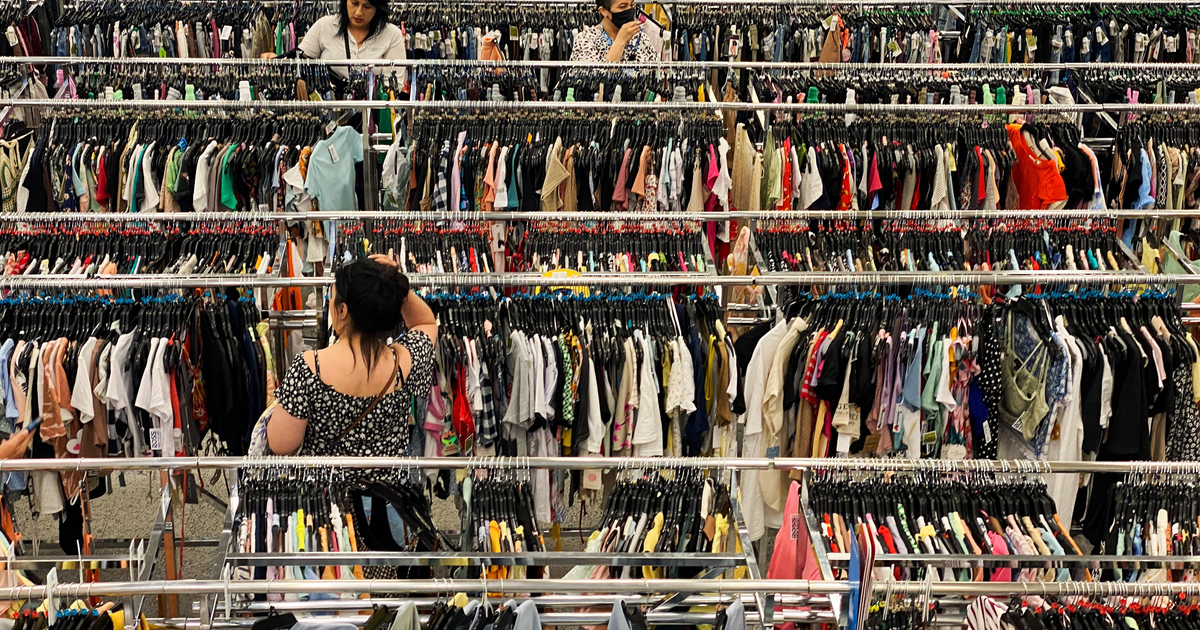With record inflation this summer and talk of a recession, it would seem like it’s time for discount stores to shine. A survey conducted by the marketing firm NCSolutions in June found that nearly half of Americans (45%) feel like they can’t afford their previous lifestyle and 66% are more mindful of how they are spending their money.
But at TJ Maxx, Ross, and Nordstrom Rack, which all reported their second quarter earnings in the last week, business has been sagging.
At Ross, total sales are forecasted to decline 4% to 7% versus the prior year. Part of the problem was execution and not the macro environment. The retailer admitted it was slow to pivot merchandise out of casual products to work and occasion clothing. But fellow discounter TJ Maxx also expects a full year decline of 2% to 3% and Nordstrom pinpointed its off-price arm Nordstrom Rack as weighing down its overall performance too, revising down its outlook for the year.
According to Nordstrom CEO Erik Nordstrom, the challenge is due to how hard-hit the lowest end consumer is. While some customers who typically shop at higher end stores are shifting down to off price outlets, it’s not enough to offset the number of customers who have stopped visiting stores completely.
The company witnessed “customer demand decelerating significantly in late June predominantly at Nordstrom Rack and in our lowest income customer cohort,” the CEO said.
To counter this, Nordstrom plans to offer more premium brands at Rack, while Ross said it would take the other route and become more aggressive with markdowns and buy more affordable brands.
Clothing and home spending was soft this summer
Overall, spending on clothing and homewares, which these off-price retailers focus on, was lower during the past few months because consumers diverted their budgets to services this summer, namely travel. Although Target and Walmart didn’t have the easiest time these past few months either, high gas prices helped direct some customer traffic to them. Instead of doing multiple car trips to various stores, some customers would rather go to just one place to pick up everything they need, from groceries to clothing and homeware.
However, discount retailers are somewhat optimistic about the remainder of the year. The back to school season is focused on clothing and travel is expecting to cool off.
Another tailwind is the sheer amount of inventory out there. Unlike full-priced retailers who order their goods from factories, discount stores largely source their stock from product that didn’t sell at full-price stores. Supply chain challenges have left many retailers including Walmart and Target facing a glut of inventory that will take months to work through, meaning more and better product that usually would had sold can go to off-price stores.
Ross Stores’ CEO Barbara said they were now receiving product from “both new vendors or vendors that perhaps, we hadn’t seen availability from for an extended period of time. There’s just a lot of merchandise in the country.”
Meanwhile TJ Maxx CEO Ernie Herrman called the availability of inventory “extraordinary”.
“We’re going to be able to pick and choose out of the market because there’s so much availability,” said Herrman. “I think we’re going to have a mix that has even more brands and some new vendors that we didn’t even have last year in some of our hottest categories.”
